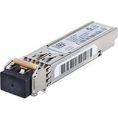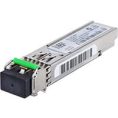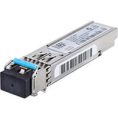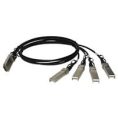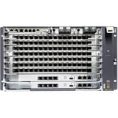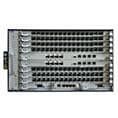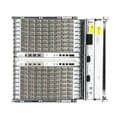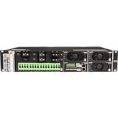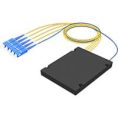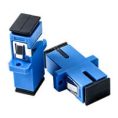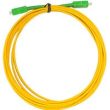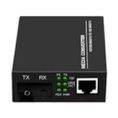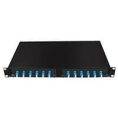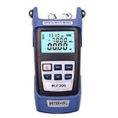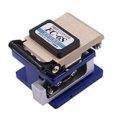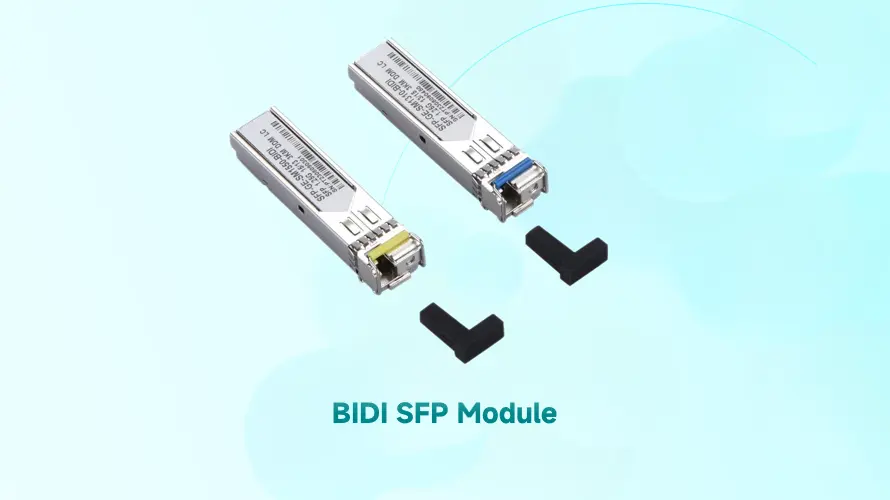A BiDi SFP (Bidirectional Small Form-factor Pluggable) module is a type of SFP transceiver specifically designed for bidirectional communication over a single fiber optic cable.
Single-fiber BiDi SFP optics play an important role in saving fiber resources in fiber optic communication. This post will give a comprehensive and detailed analysis of BiDi SFP transceivers.
Applications:
Point-to-point connections: BiDi SFPs are commonly used to connect network devices in point-to-point configurations, such as connecting a switch to a router or a router to a server.
FTTx deployments: They can be used in Fiber-To-The-X (FTTx) deployments, where fiber optic cables are extended to homes and businesses.
Functionality:
Unlike standard SFPs which use two separate ports (one for transmitting and one for receiving), BiDi SFPs have only one port.
They achieve bi-directional communication using Wavelength Division Multiplexing (WDM) technology.
WDM allows the BiDi SFP to transmit data on one wavelength and receive data on a different wavelength simultaneously on the same fiber.
These modules separate different transmission wavelengths over a single fiber to achieve optical communication, it means the single-fiber bidirectional SFP transceivers must be used in pairs. The integrated optical component of WDM couplers plays a critical role in bidirectional fiber optic communication.
Advantages of BiDi SFP:
BiDi SFP optics allow bidirectional fiber optic communication over a single fiber, thus a number of fiber resources and cabling construction costs are saved to a great extent.
Cost-effective: Requires only one fiber optic cable, reducing cable and infrastructure costs. When network operators build transmission networks, the scale of optical cables is deployed according to a certain business volume and fiber core ratio. However, with the continuously increasing number of users in recent years, there is a gradual shortage of optical cable core resources. If reconstructing new optical fibers, it will take a long construction cycle and enormous costs. Then this problem can be effectively solved by using the single fiber BiDi transceivers, realizing the rapid improvement of the capacity of network links and saving the cost of network construction in the meantime.
Simpler cabling: Easier to manage and deploy due to fewer cables. When the optical fiber cable link is interrupted unexpectedly in the single-fiber bidirectional transmission system, the maintenance and repair time will be greatly shortened, because compared with the traditional dual fiber transmission system, the number of optical fibers requiring maintenance and repair is reduced by half.
Disadvantages of BiDi SFP:
Limited compatibility: Not all networking equipment supports BiDi SFP technology.
Higher cost per transceiver: BiDi SFPs are generally more expensive than common SFPs due to the integrated WDM technology.
Remember, BiDi SFP offers a cost-efficient and simplified solution for bi-directional communication over a single fiber, but compatibility verification and specific needs assessment are crucial before implementation.

